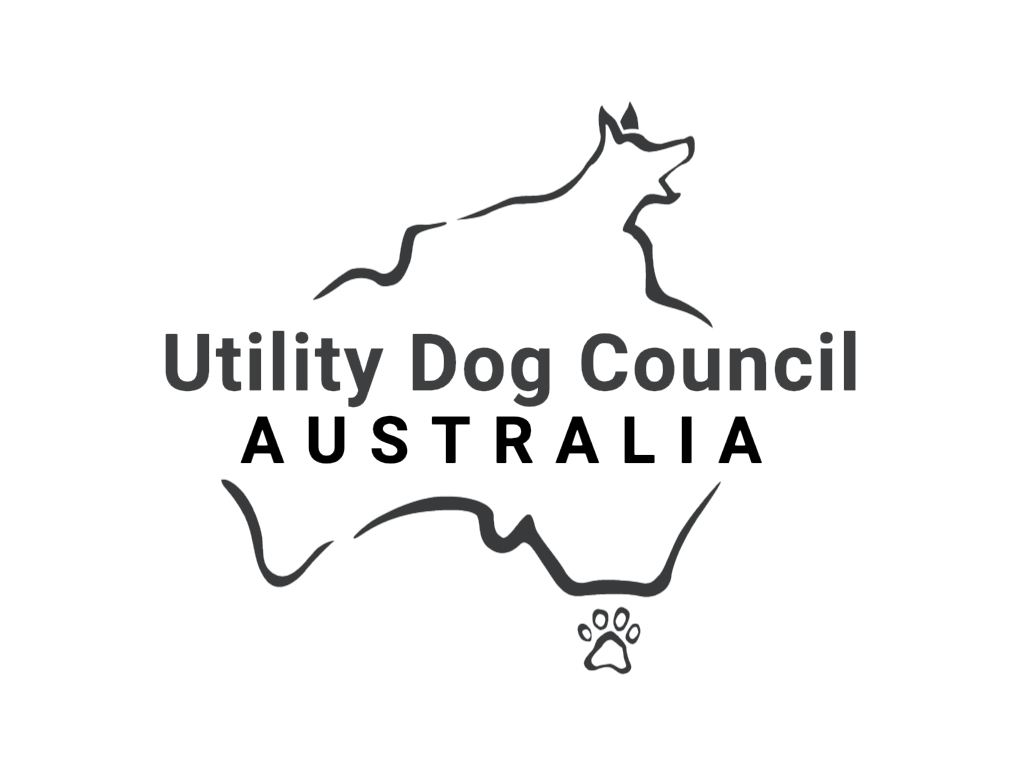top of page



The Rottweiler is often misjudged — seen as imposing or aggressive. But look deeper, and you’ll find a breed shaped by centuries of purpose: herding livestock, pulling carts, guarding property, and protecting lives. Behind the solid frame lies a mind built for clarity and focus — not chaos.
It is one of the oldest working dogs in continuous service.
A well-bred, well-raised Rottweiler is calm, confident, and deeply devoted. But without strong leadership and meaningful engagement, this power can go unchecked — and misinterpreted. Like all working breeds, it must have a job, structure, and purpose.
If you're drawn to the Rottweiler for its strength, understand that true strength in this breed is shown through restraint, stability, and loyalty. Get that right, and you'll have a guardian, worker, and friend who will never let you down.

Structure & Appearance
Medium-to-large, compact, powerful and athletic. Black with rust markings. Good-natured, clam, confident, eager to work. Not hyper, not passive.
Height (cm):
Male, 61-68; Female, 56-63
Eliminating Faults
Aggression or excessive shyness, over- or undershot bite, certain dental faults, yellow or mismatched eyes, kinked, ringed, or strongly deviated tails, long wavy or incorrect coat, and more
bottom of page



